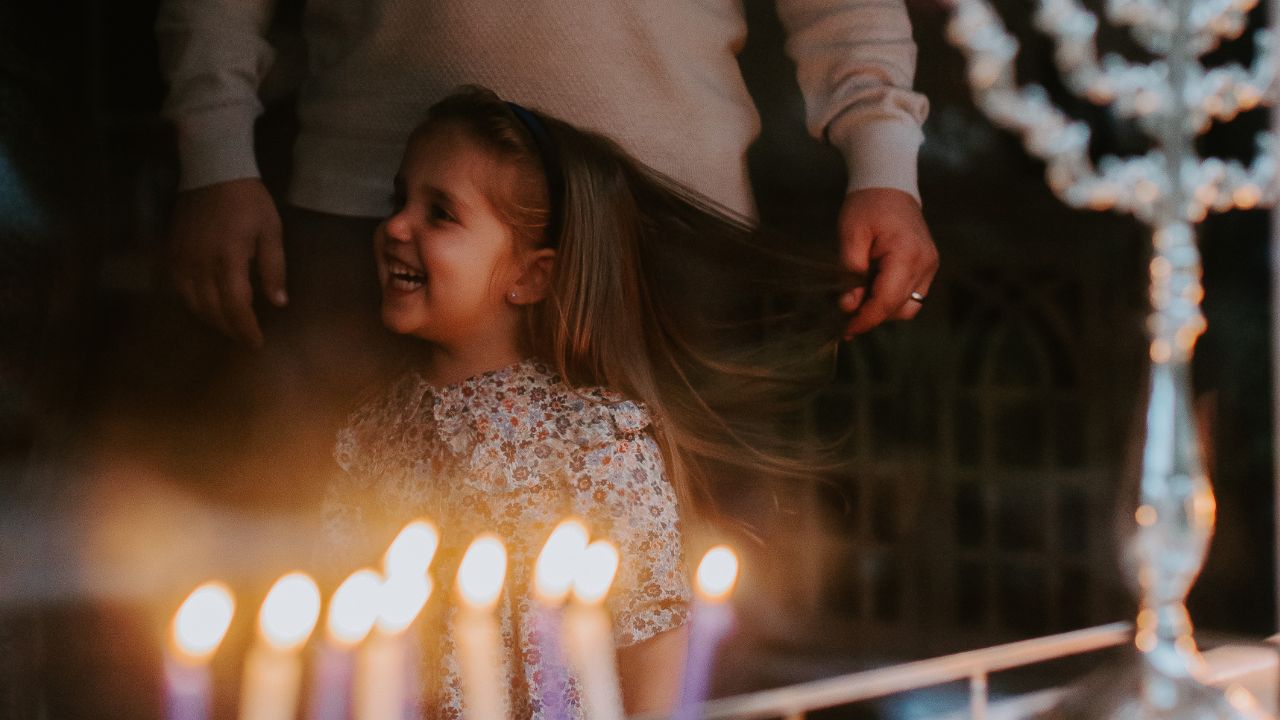What is Hanukkah? 8 things to know about the Festival of Lights
The holiday is just beginning, and you have yet to taste a single latke or sing a verse of “O Hanukkah.” Faith Counts shines a light on the Jewish Festival of Lights.
1. Starting from the top
The top with four sides: the dreidel. A catchy tune and traditional toy, it has serious history. Custom has it that Jews in ancient times pretended to play the dreidel when they were actually studying the Torah to throw off their captors, who had forbidden the holy book.
Looking to take the dreidel for a spin? Learn how to play.
2. Back to the Maccabees’ miracle
But let’s take a step back—two thousand years back—to how Hanukkah started. Here’s the Cliff’s Notes version:
When the Seleucids had taken over Jerusalem and its temple, forcing the Jews to worship their Greek gods, a band of faithfuls known as the Maccabees revolted and reclaimed the city. Within temple walls once more, they discovered only a dollop of oil, enough to keep sacred lamps burning for one day. But the lamps burned strong for eight days, long enough to produce more oil and to spark the tradition of Hanukkah, a time to celebrate the overcoming of odds and to give thanks for miracles big and small.
Learn more about the origins of Hanukkah.
3. Hold a candle to the Menorah
The curvy candelabrum known as the Hanukkah menorah holds nine candles—one for each of the miraculous nights the temple oil lasted, plus the shamash, used to light the others and as a spare. On each night of the festival of lights, a new branch is lit and a blessing is recited.
Menorahs are typically placed near windows so passersby can admire the glow—except when size is an issue. The world’s largest menorah in Brooklyn weighs in at 4,000 pounds and is 32-feet—or approximately 768 latkes—tall.
4. Like a donut full of jelly
Celebrants of Hanukkah fry foods in oil in memory of the temple miracle—and because it tastes delicious. No fasting on this holiday.
Round as the o in oil is the sufganiyot—a donut filled with jelly or custard and dusted with powdered sugar. Go ahead, try out a recipe or two. No one’s counting calories here.
5. You say latke, I say potato pancake
For the gluten-free faithful, there’s also the latke. Like the donut, the potato-made pancake is fried in oil. Make yours sweet or savory: top off with applesauce or sour cream. Or taste the rainbow of the rainbow latke.
6. Channuwhat?
However you spell it, the name comes from the Hebrew חֲנֻכָּה—which translates to “dedication” or “establishing” (referring to the Jerusalem temple). Variants include Hanukkah, Chanukah, Channuka, and even Hanuka. For those of us who never won a spelling bee, we can play it safe with “Festival of Lights” or “Feast of Dedication.”
7. Hanukwhen?
Like Christmas, the first day of Hanukkah falls on the 25th—but of Kislev on the Hebrew calendar, which is based on a 353 to 385–day year, depending on sun and moon cycles. The holiday hops between November and December to those watching the Gregorian calendar. In 2013, the start of Hanukkah fell on Thanksgiving, resulting in a gloriously rare Thanksgivukkah. Celebrations included menurkeys—turkey-shaped menorahs—and the pardoning of a kosher turkey by a rabbi in Long Island.
8. Shining through giving
Hanukkah isn’t just about spinning dreidels and frying up latkes—it’s also a time for tzedakah, or charitable giving. Traditionally, families set aside time during the eight nights to support those in need, reminding us that miracles are meant to be shared.
Whether it’s donating money, volunteering, or simply spreading kindness, Hanukkah calls us to bring light into others’ lives, too.
Looking for ways to give back this Hanukkah? Start small—one night, one act of kindness.




